Smart Asia Getaways
Discover Asia, the smart way
Taipei Hotels – Where to Stay in Taiwan
The good news is there are two Taipei hotels we can recommend unambiguously –
the Formosa Regent in more-or-less the city center, and the Home Hotel in the far newer – and more automobile-scale taipei 101 neighborhood. (Reviews of both are bolded below, if you want to skip the song-and-dance.) The “mixed” news is good news for you, because you get to benefit from our mistakes, and bad news for us, because we had to make them, and basically amounts to the fact that you can’t trust a hotel unless you’ve personally laid eyes on it.
The lesson we had to learn was an avoidable one. Like Dexter, we had a code, and we deviated from it. The code was – use Agoda, a Philipines-based third-party hotel site, to get a better deal, but double check all hotels on trip-advisor, where you can view real guest photos. Hotels always get professional photographers to use lighting, lens tricks, etc to make their rooms look great, etc. Everyone already knows this. But on a whim, deciding to extend our trip by one day, we took a chance and booked a hotel – the CityInn in Zhongshan, in case you’re wondering what to avoid – sight unseen.
The “mixed” news is good news for you, because you get to benefit from our mistakes, and bad news for us, because we had to make them.
Here are the two major additional lessons we learned as a result of our mistake.
1. Unlike those of the US, taipei hotels don’t break down neatly into price echelons. In New York, it always costs more to stay at the four seasons than at The Pod. Just as it’s always cheaper to eat at Micky D’s than at Per Se. In Taipei a Micky D’s hotel (like the CityInn) might be displayed in search results right next to a Per Se hotel, like the Formosa regent, with only a minor price difference. I won’t get into the housing bubble, the high occupancy rates, or the other reasons for this, but I will say market opacity plays a role. A site like Yelp would never allow that to happen. All the more reason to be careful. Google the name of any hotel you see with the words “problems” and “overpriced”. Reputable international media sources like CNN.com endorsed both of the good hotels we reviewed, so phrases like “Formosa regent fodor’s” or “Home Hotel Taipei CNN” also help.
2) Try to avoid changing hotels in the course of a single trip. Even had the CityInn been superlative, the time we lost changing hotels was the biggest sunk cost. The lifestyle hackers all say the same common-sense thing: time is money. Say you only value your time at $50-an-hour. If you and a travel companion spend even one hour changing hotels, that’s $100. So here’s my new rule-of-thumb: if the new hotel isn’t $100 cheaper for every hour you’d spend moving, don’t move. Don’t just count transit time, either. Count missed-experience cost. Chih Yu and I would have spent an afternoon on taipei’s famous shengkeng old street, eating some of the best tofu in the country, but decided to return early from the Taipei Zoo neighborhood because we needed to claim our bags from the old hotel to move to the new.
No matter. Here are my reviews of two world-class Taipei hotels.
Here’s my new rule-of-thumb: if the new hotel isn’t $100 cheaper for every hour you’d spend moving, don’t move.
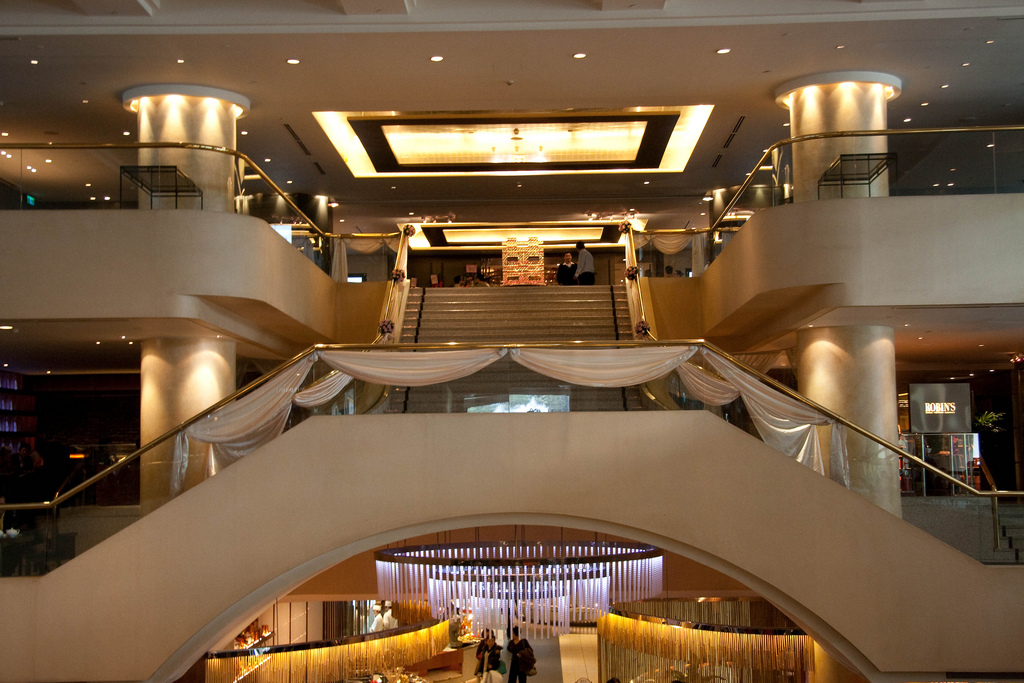
The Formosa Regent’s imposing atrium. Photo by Flickr user Carrie Kellenberger, used under Creative Commons Attribution License.
Formosa Regent
41 Chung Shan North Road Section 2, Taipei, Zhongshan District, Taipei City, 10419
The regent conducts themselves as if they have a reputation to live-up-to, because they do.
I dislike extremely imposing hotels, but the regent is grand without being grandiose. It does occupy an entire city block, and encompass a shopping-mall, several nationally-renowned restaurants, and a day-spa.
If this sounds like overkill, it is, to a degree. Part of my point about taipei hotels is the lack of a midrange – you can either pay more than you would in the US for crap, or less than you would in the US for excellence.
Rooms are well-appointed and simple in design. But don’t confuse simple with spare. These rooms are simple like an apple product. Most importantly for visitors, the service is exceptional. On one stay the hotel needed to cut the power during the night for routine maintenance and were so concerned I might miss my early flight, they provided me a backup generator.
If you’re paying for the Formosa you might as well enjoy it, and while the gym is nothing fancy, the day-spa, with cold, medium, and hot pools in each locker room, and a relaxation room where you can sip gourmet tea after your soak, is exceptional, and completely free.
The restaurants, however, aren’t. They’re excellent, but the prices are reflective of their hotel environs. Luckily, you’re in Zhongshan, and a quick stroll out the door and across Zhongshan road places you in a network of backstreets that’s home to bars, izakayas, and cheap eats.
Part of my point about taipei hotels is the lack of a midrange – you can either pay more than you would in the US for crap, or less than you would in the US for excellence. So you might as well enjoy it.
Home Hotel
No. 90, Sōngrén Rd, Xinyi District, Taipei City, 110
The Home Hotel’s approach is emblematic of a younger, leaner business.
Instead of trying to include restaurants, bars, gyms, and spa in house, the Home farms them out to adjacent businesses in the same metro mall. The “gym” is actually a voucher to Fitness Factory next door. The “restaurants” are those in the mall across the street and in the 101 down the block.
The Home is farther afield of the city than the Formosa, but the speedy taipei subway mostly negates the extra distance. Besides, both hotels are equidistant from Fuxing Road, which bisects the city into East and West, and nearby which lie some of its best neighborhoods.
Anyway, the Home didn’t trifle with extras, but spent its money on the rooms. And it shows. Cavernous size. Real wood appointments. Marble countertops and floors in the bathroom. Modern light system controllable from anywhere in the room. Like our hands-down favorite on this trip, the Hotel Icon in Hong Kong, the Home exhibits a reassuring attention-to-detail.
We still give the advantage to the Icon for its “grown up” approach to management and service. By comparison the Home is a bit shaky-on-its-feet: more concierges had to ask us to wait while they asked their boss’ opinion before helping us with something. More silly rules were followed to-the-letter when an executive decision could have saved everyone a lot of trouble. Still, it’s hard to complain too much about a place as luxurious as this.
Oh, and you may be wondering what made the CityInn so abysmal. Quite simply, everything that the great hotels did right – no noise, good room design and size, no-smoking Rule (not just request), quality mattresses and linens, etc. A comparison that would be as unfair to the CityInn as a comparison to Per Se would be to McDonald’s, save the aforementioned fact that the CityInn ran us almost as much as the Home.
Final bits of advice that I’ll expand on in a more broad-scope Travel Hacks article: try to book Taiwan hotels early, and book more nights than you think you’ll need, rather than fewer, if there’s a possibility you’ll extend your trip. Be flexible with your dates. For instance if you can go Thursday through Sunday instead of Friday through Monday you may save. Try to book directly through the hotel, but if you don’t find good rates and go through agoda, make sure you’re using a hotel you trust.
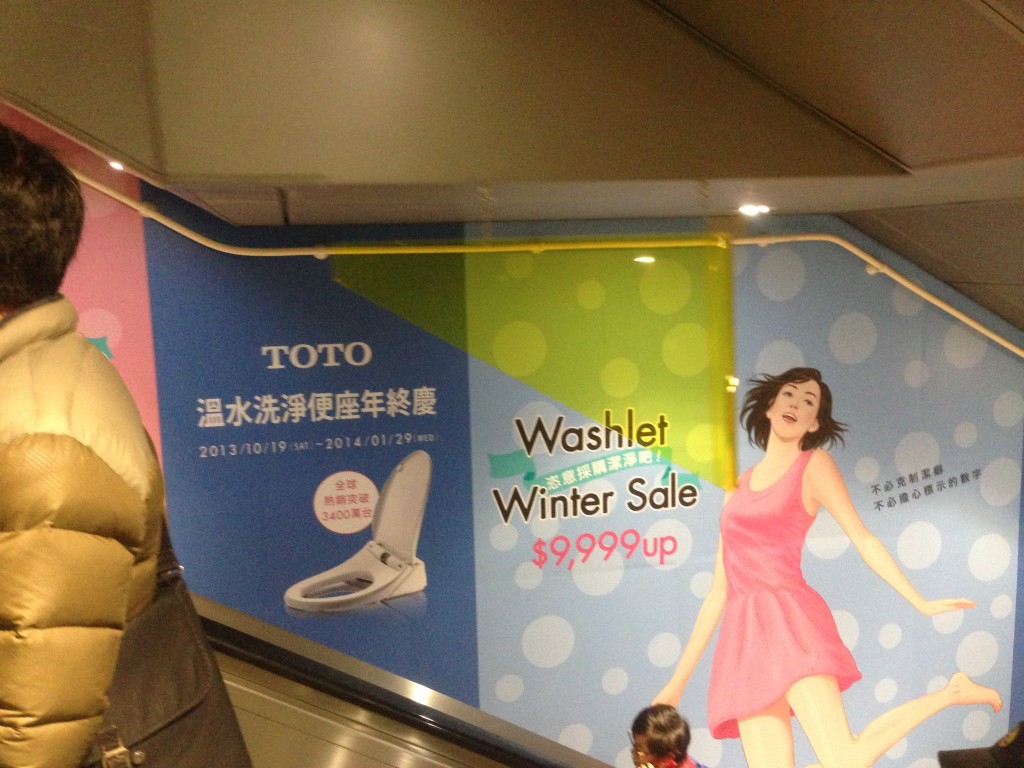 Lastly, an as-yet-not-thoroughly tested theory: the Bidet Theory. Remember David Lee Roth’s brown M&Ms? Roth included, in the back pages of van halen’s contract rider, a clause requiring a bowl of M&Ms, with all brown M&Ms removed, in the dressing room. It’s fairly well-known by now that this was not a spoiled-rock-diva move, but a test, to see if local fixers had read the entire contract, which included important details about crucial elements like wiring and lighting. See where I’m going? Every good hotel we stayed at had bidets; every bad one didn’t. Maybe on its own a phone call to the concierge inquiring politely whether his rooms have bidets shouldn’t be the make-or-break, but as an additional due-diligence step it can’t hurt.
Lastly, an as-yet-not-thoroughly tested theory: the Bidet Theory. Remember David Lee Roth’s brown M&Ms? Roth included, in the back pages of van halen’s contract rider, a clause requiring a bowl of M&Ms, with all brown M&Ms removed, in the dressing room. It’s fairly well-known by now that this was not a spoiled-rock-diva move, but a test, to see if local fixers had read the entire contract, which included important details about crucial elements like wiring and lighting. See where I’m going? Every good hotel we stayed at had bidets; every bad one didn’t. Maybe on its own a phone call to the concierge inquiring politely whether his rooms have bidets shouldn’t be the make-or-break, but as an additional due-diligence step it can’t hurt.
Anyway, good luck, and happy hotelling.
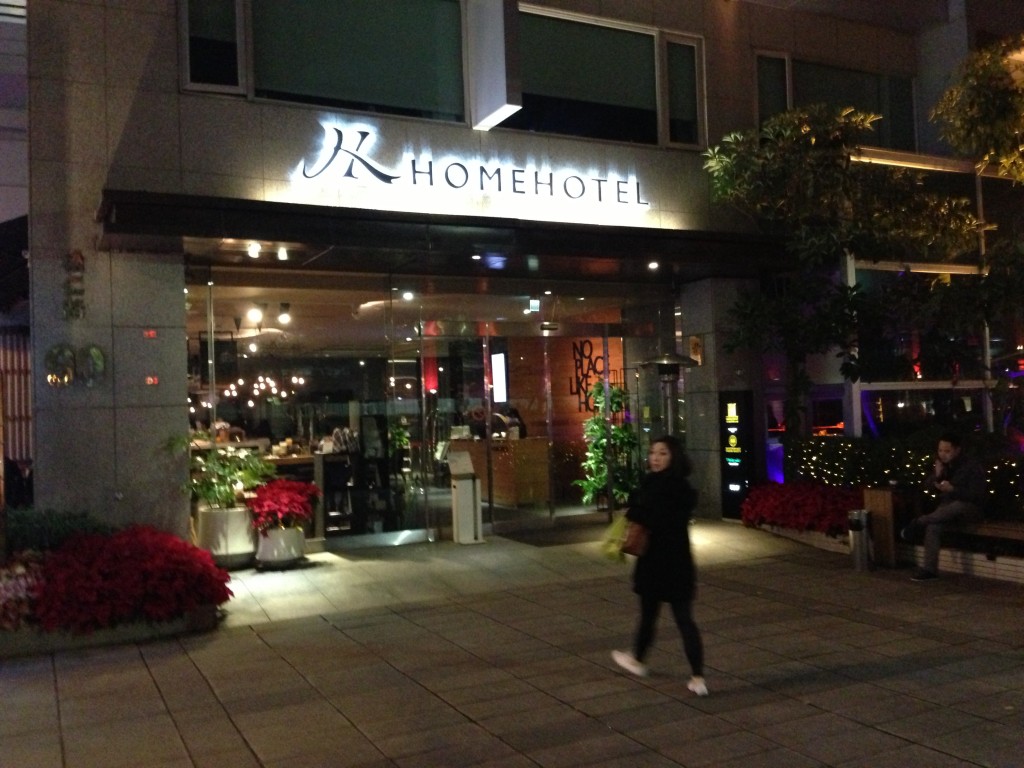
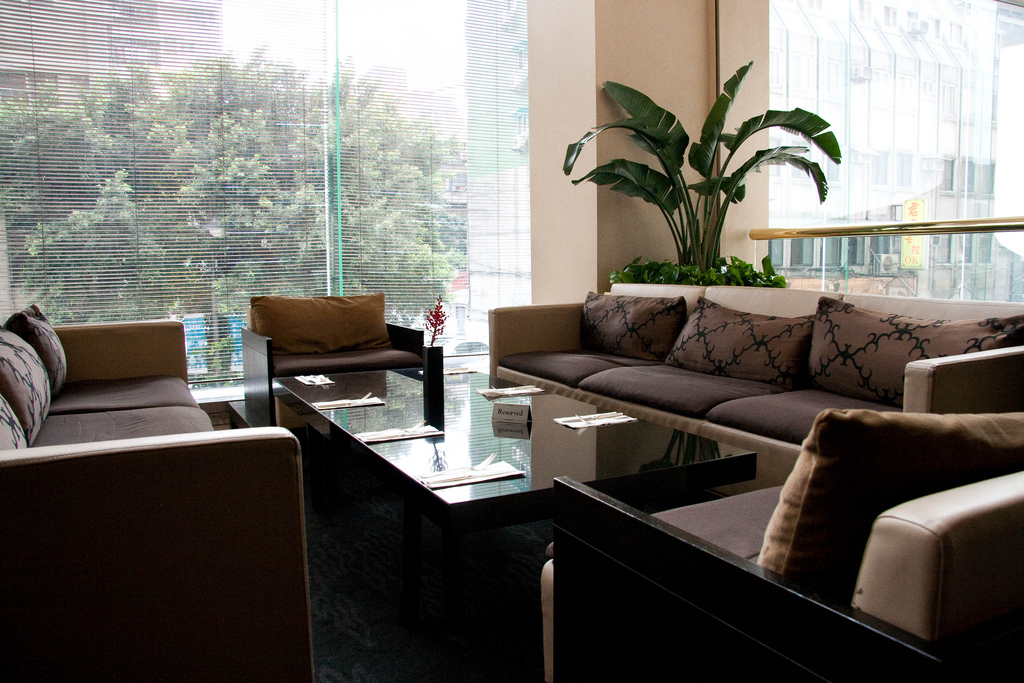
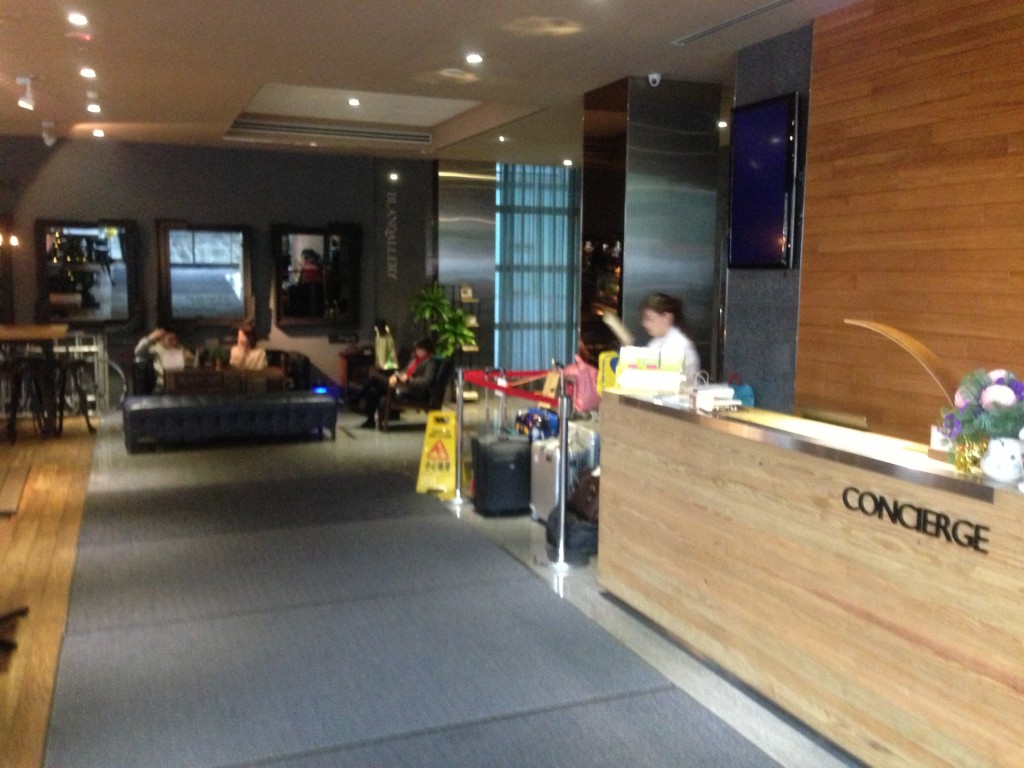
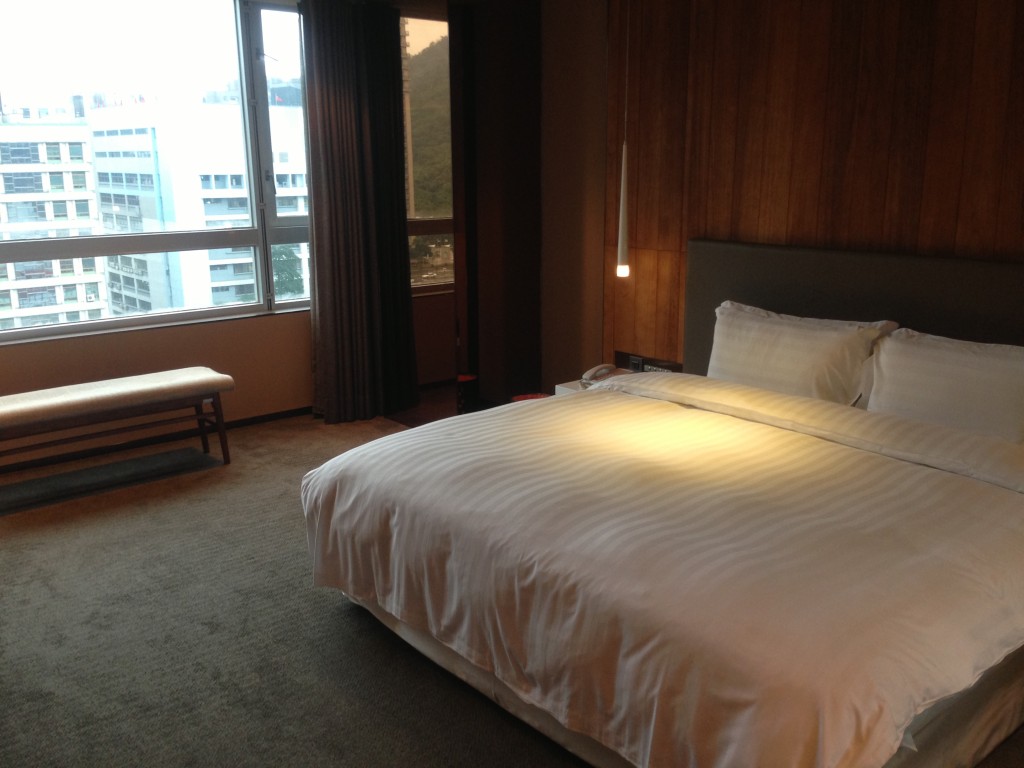
Pingback: Taipei 101 vs Maokong Gondola | Smart Asia Getaways
Pingback: Hotel Icon – Where to Stay in Hong Kong | Smart Asia Getaways